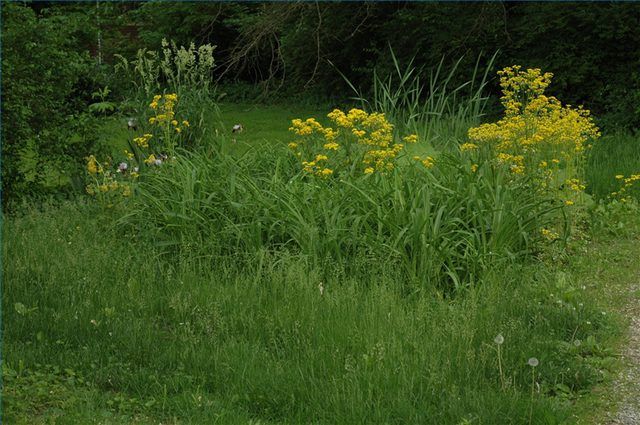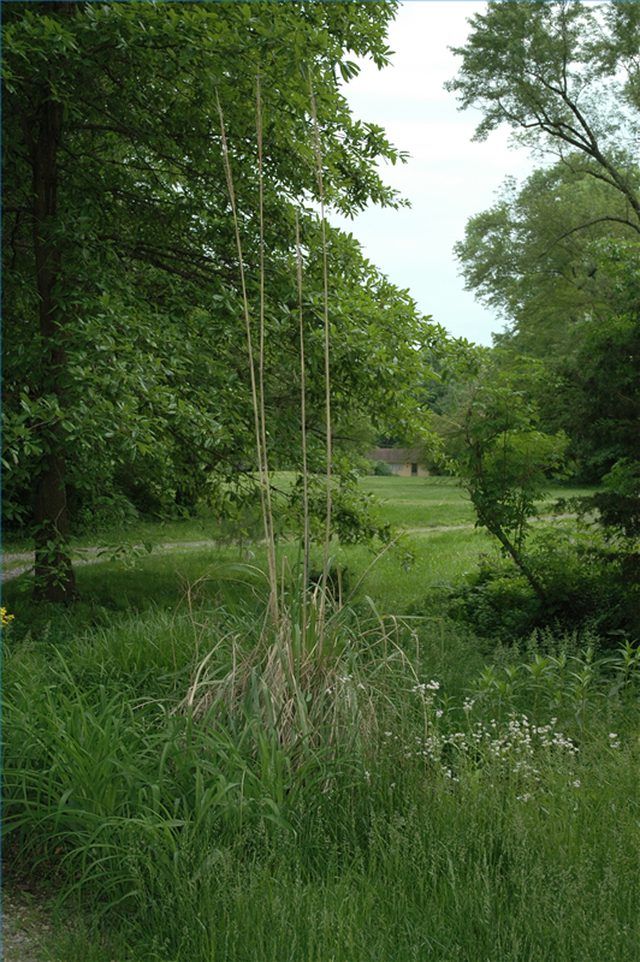Bulbs
Flower Basics
Flower Beds & Specialty Gardens
Flower Garden
Garden Furniture
Garden Gnomes
Garden Seeds
Garden Sheds
Garden Statues
Garden Tools & Supplies
Gardening Basics
Green & Organic
Groundcovers & Vines
Growing Annuals
Growing Basil
Growing Beans
Growing Berries
Growing Blueberries
Growing Cactus
Growing Corn
Growing Cotton
Growing Edibles
Growing Flowers
Growing Garlic
Growing Grapes
Growing Grass
Growing Herbs
Growing Jasmine
Growing Mint
Growing Mushrooms
Orchids
Growing Peanuts
Growing Perennials
Growing Plants
Growing Rosemary
Growing Roses
Growing Strawberries
Growing Sunflowers
Growing Thyme
Growing Tomatoes
Growing Tulips
Growing Vegetables
Herb Basics
Herb Garden
Indoor Growing
Landscaping Basics
Landscaping Patios
Landscaping Plants
Landscaping Shrubs
Landscaping Trees
Landscaping Walks & Pathways
Lawn Basics
Lawn Maintenance
Lawn Mowers
Lawn Ornaments
Lawn Planting
Lawn Tools
Outdoor Growing
Overall Landscape Planning
Pests, Weeds & Problems
Plant Basics
Rock Garden
Rose Garden
Shrubs
Soil
Specialty Gardens
Trees
Vegetable Garden
Yard Maintenance
How to Create a Backyard Bird Sanctuary
How to Create a Backyard Bird Sanctuary. Adapting your backyard to make it more attractive to birds and wildlife is a matter of planning, planting and tending. It can make for enjoyable bird watching for you and your indoor pets. It can also provide a more lush backyard than a simple manicured green lawn. Once planted, this type of landscaping can...

Adapting your backyard to make it more attractive to birds and wildlife is a matter of planning, planting and tending. It can make for enjoyable bird watching for you and your indoor pets. It can also provide a more lush backyard than a simple manicured green lawn. Once planted, this type of landscaping can mean less water usage and less time spent mowing as most of these plants should be left to their natural growth cycle.
Things You'll Need
seeding plants
trees
a bird bath or other water source
bird houses or nesting boxes
a winter feeder
ground cover
Begin by changing the types of plants that fill your yard. Flowering plants which are allowed to go to seed at the end of the season will provide additional food for the bird population. In addition, tall flowering plants will provide ground cover so that while birds are hunting for bugs and other morsels of food, they feel protected from predators. Select plants that mature at different points throughout the year to provide your birds with a constant source of food.
Plant milk weed and other plants which are known to attract insects. Milk weed is prized for its ability to attract the caterpillars which become monarch butterflies. More beneficial insects, like caterpillars, means more food sources for your favorite song birds and backyard favorites like robins.

Grow a variety of tree types. In addition to providing you with some cool shade, the branches of large trees provide nesting areas for various birds. Since not all birds like the same types of houses, it is good to have several different varieties of trees. Twigs and leaves will also be used to help construct the bird's nest, so a large group of trees with new growth is important in the spring.

Install a bird bath or other water source for your birds. Birds, like any other living creature, need to stay hydrated and this can be especially difficult in some climates. Providing a constant source of clean water for birds will help attract them to your yard. Be certain if you use a traditional bird bath to add fresh water regularly as stagnant water can become a breeding ground for nuisance insects like mosquitoes.
Erect a squirrel-proof feeder or plan to feed both the squirrels and the birds. Squirrel-resistant feeders are usually freestanding and should be far enough away from over-hanging branches that the squirrels cannot make the leap to steal your bird seed. Specialty mixes of bird seed are available to help attract specific types of birds and bird food should be distributed more frequently in winter months.
Tips & Warnings
Before you begin this transformation of your yard, be sure to check with neighborhood associations and municipal landscaping laws to be certain that you will not be fined for the denser growth.
If you live in an area with strict landscaping guidelines, consider shrubbery designed to attract birds and bird houses, and feeders to supplement the ground cover.